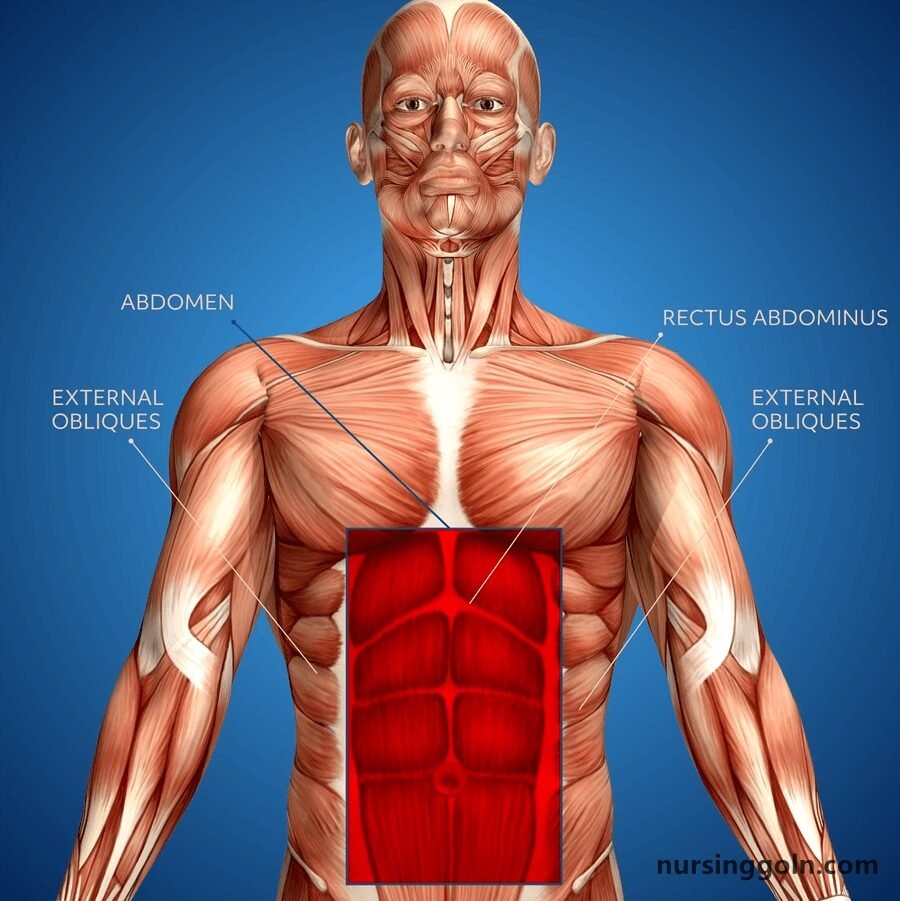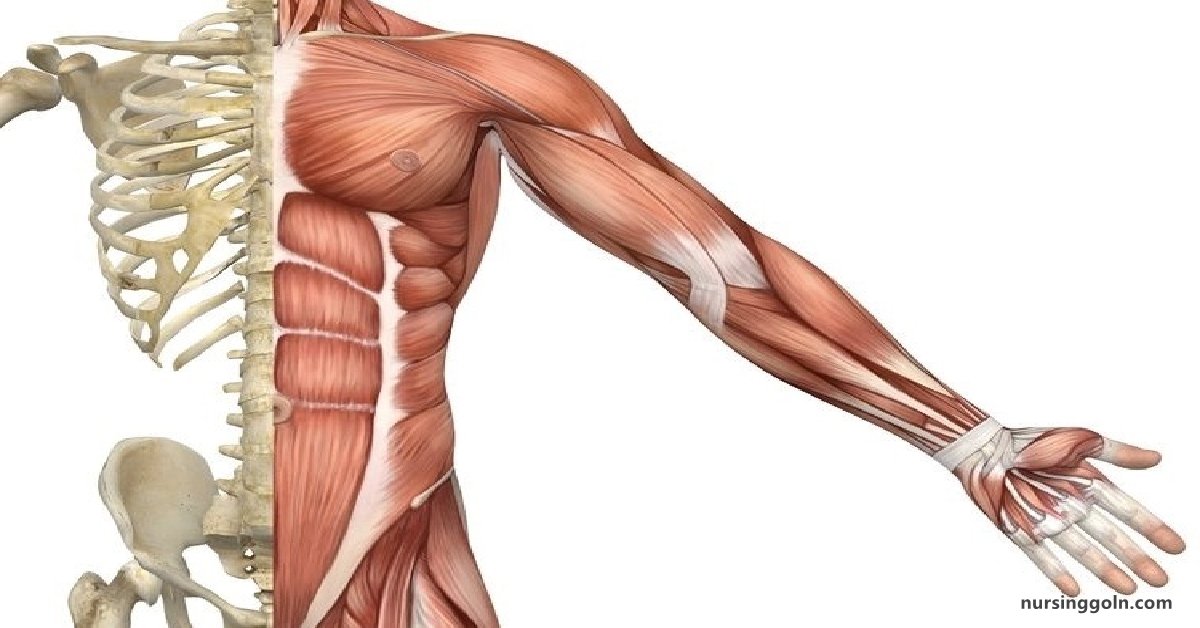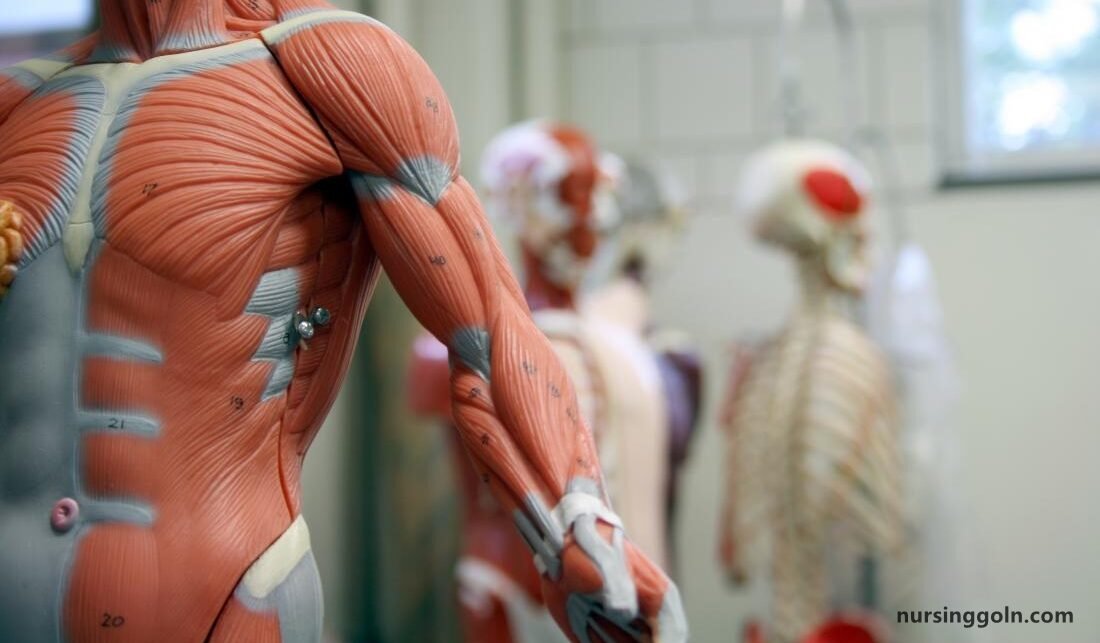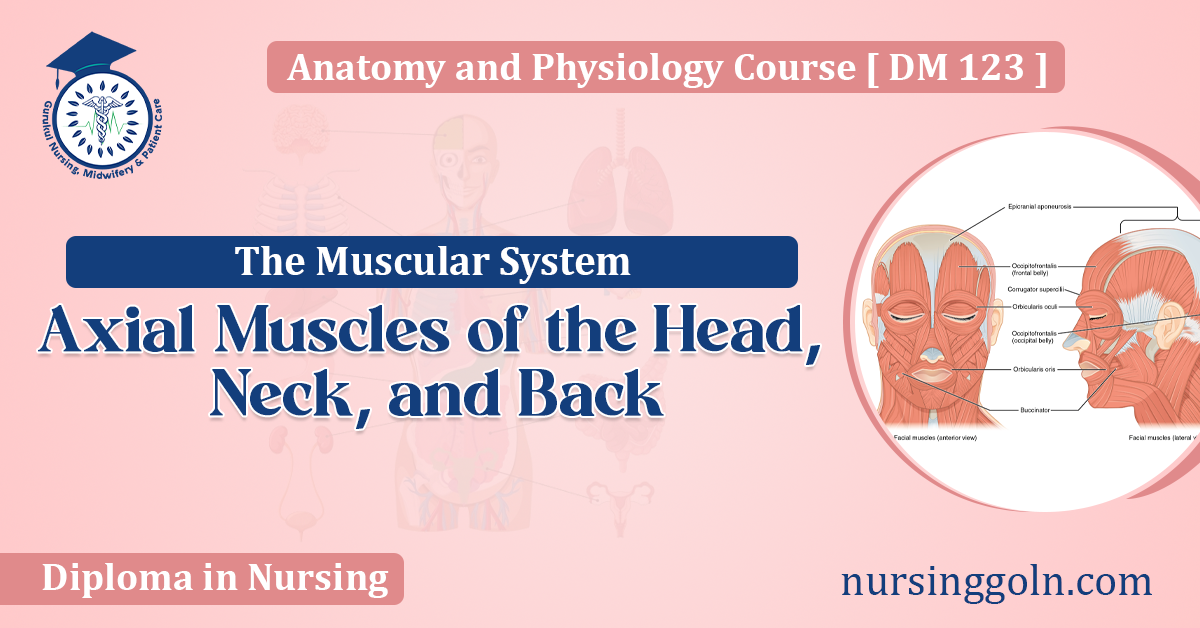Today our topic of discussion is ” Axial Muscles of the Head, Neck, and Back “. The muscular system, an ensemble of intricate fibers and structures, performs a symphony of movements every day. At the heart of this system lie the axial muscles – those primarily associated with the axial skeleton, which includes the skull, vertebral column, and rib cage. This article delves into the axial muscles of the head, neck, and back, shedding light on their structure, function, and significance.

Axial Muscles of the Head, Neck, and Back: The Muscular System
1. Introduction: The Axial Muscular Orchestra
The axial muscles play crucial roles in a variety of functions, from maintaining posture and stabilizing the spine to facilitating speech, expression, and head movement. Their anatomy and functions highlight their paramount importance in our daily lives.
2. Muscles of Facial Expression: The Symphony of Emotions
These muscles lie within the subcutaneous layer, originating from the skull or fascia, and insert into the skin:
- Frontalis: Raises the eyebrows and wrinkles the forehead.
- Orbicularis oculi: Allows blinking, winking, and squinting.
- Orbicularis oris: Helps in puckering the lips, as in kissing.
- Zygomaticus major and minor: Elevate the upper lip and corners of the mouth, playing a key role in smiling.
3. Muscles of Mastication: The Mechanics of Eating
For the critical function of chewing:
- Masseter: Elevates the mandible, allowing for biting and chewing.
- Temporalis: Assists the masseter in closing the jaw.
- Pterygoids (lateral and medial): Play roles in grinding food and moving the mandible side-to-side.

4. Muscles of the Tongue: Articulation and Deglutition
These intrinsic and extrinsic muscles facilitate speech and swallowing:
- Genioglossus: Protracts the tongue.
- Hyoglossus: Depresses and retracts the tongue.
- Styloglossus: Elevates and retracts the tongue.
5. Muscles of the Neck: Support and Movement
The neck, or cervical region, houses muscles that support the head, facilitate its movement, and play roles in swallowing and speech:
- Sternocleidomastoid: When acting alone, it helps tilt and rotate the head. When both contract, they flex the neck.
- Scalene Group (anterior, middle, posterior): Elevate the first two ribs and aid in neck flexion and rotation.

6. Muscles of the Vertebral Column: The Pillars of Posture
These muscles, arranged in layers, stabilize, flex, extend, and rotate the vertebral column:
- Erector Spinae (composed of iliocostalis, longissimus, and spinalis): Primary extensors of the vertebral column.
- Multifidus: Assists in extending and rotating the vertebral column.
- Rotatores: Aid in stabilizing the vertebrae and play a role in vertebral rotation.
7. Muscles of the Thorax: Respiration and Posture
These muscles facilitate the critical function of breathing and maintain thoracic posture:
- Diaphragm: The primary muscle of respiration. Its contraction expands the thoracic cavity for inhalation.
- Intercostals (external, internal, and innermost): Play roles in elevating and depressing the ribs during breathing.
- Rectus abdominis: Compresses the abdomen and flexes the vertebral column.
8. Pathologies: When Things Go Awry
Given their importance, any dysfunction in these muscles can lead to significant challenges:
- Torticollis: A condition where the head becomes turned to one side, often due to abnormal contraction of the sternocleidomastoid.
- Temporomandibular Joint (TMJ) Syndrome: Dysfunction of the muscles of mastication, leading to jaw pain.
9. Therapeutic Approaches and Care
Regular exercise, stretching, and postural training can help maintain the health and functionality of these muscles. Physical therapy, chiropractic care, and massage can also offer relief, especially in cases of muscular tension or dysfunction.
10. The Future: Research and Innovations
Emerging research into muscular dystrophies, neuromuscular disorders, and innovative therapeutic modalities promise more effective management of axial muscular challenges in the future.

Conclusion
The axial muscles of the head, neck, and back form a crucial segment of the muscular system, facilitating vital functions from expression and communication to posture and breathing. Their intricate design and synchronization underscore the beauty of human anatomy and the importance of understanding and caring for these essential muscles.
Read more:
